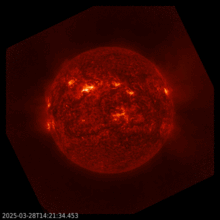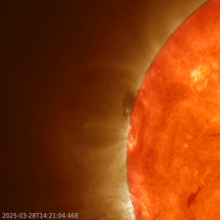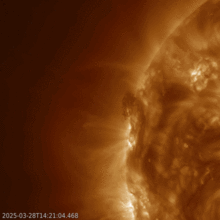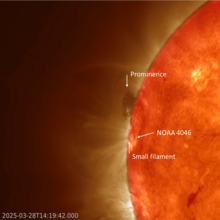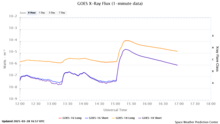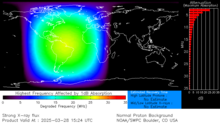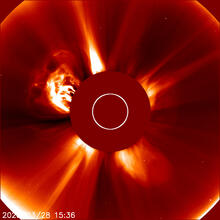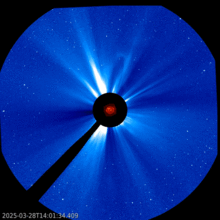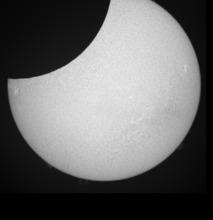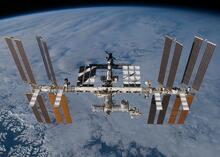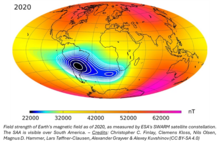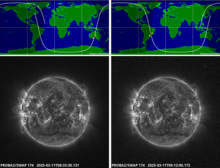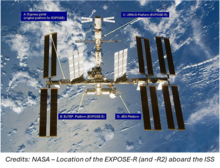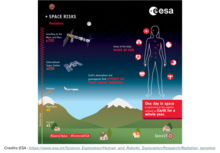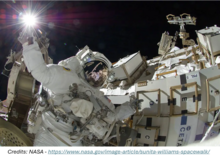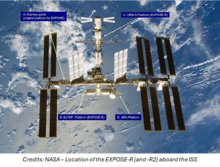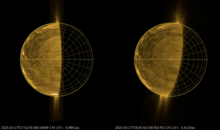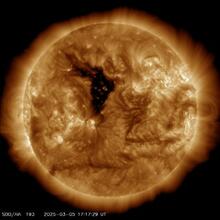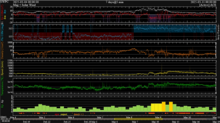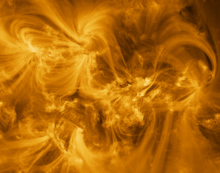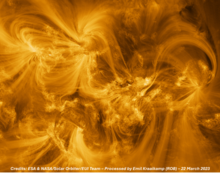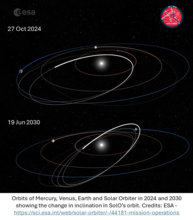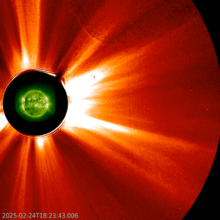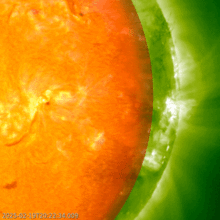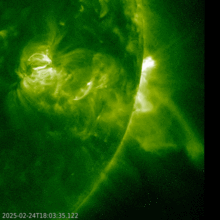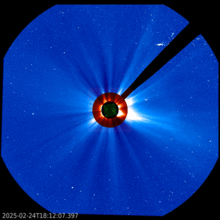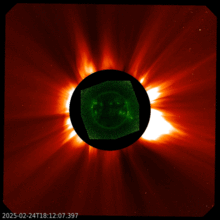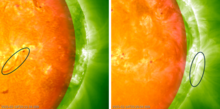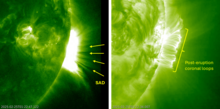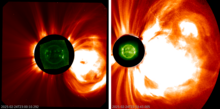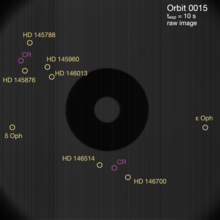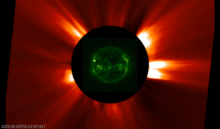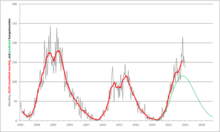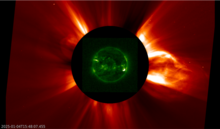news
Submitted on 2025-03-28
NOAA 4046 was the source of a surprize X1 flare which, following interaction with a nearby prominence, produced an impressive coronal mass ejection. The bulk of the CME is not directed to Earth. ***UPDATED***
Submitted on 2025-03-26
A brief discussion on astronauts and the radiation dose they accumulate.
Submitted on 2025-03-20
The EUI telescope on Solar Orbiter is getting its first glimpses of the poles of the Sun.
Submitted on 2025-03-19
The earth environment was under the influence of a solar wind stream from an equatorial coronal hole from 8 till 10 March.
Submitted on 2025-03-04
Late on 24 February, a filament erupted from behind the Sun's southwest limb. This eruption was associated with a long-duration M-class flare, a minor proton event, and a truly impressive coronal mass ejection.
Submitted on 2025-02-28
PROBA-3 took a snapshot of a star field – in the very first image captured by the mission’s coronagraph ASPIICS.
Submitted on 2025-02-26
The STCE's SC25 Tracking page has been updated to reflect the latest evolution of some critical space weather parameters for the ongoing solar cycle 25 (SC25).
Submitted on 2025-02-25
JSWSC has opened a new Topical Issue "Space Climate: Solar Extremes, Long-Term Variability, and Impacts on Earth's System".
Pages
Zircon - This is a contributing Drupal Theme
Design by
WeebPal.

